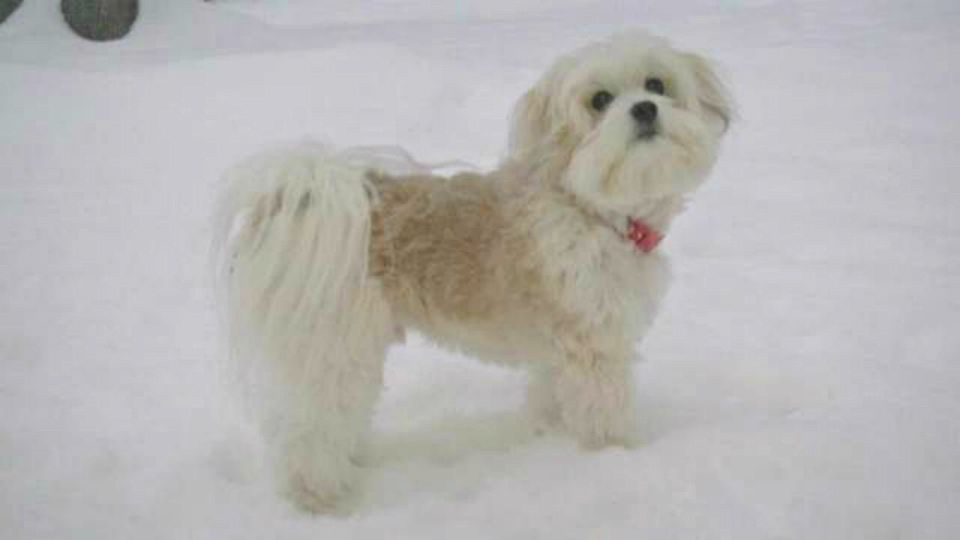Cold air has already made its presence well ahead of schedule this year, so winter preparations are underway. Perhaps you have started pulling out the winter clothes, swapping out the flip-flops and rain coats for the boots and heavy jackets.
We have our winter routines down to a science. But maybe you have a new addition to your family this winter in the form of a four-legged fur ball. Now you need to create a routine for them as well so they can be safe and have fun this winter season!
Cold and blustery weather can be a hassle, but more importantly, it can be dangerous. We frequently get temperatures that drop below freezing and wind chills that can dip well below zero. We not only bundle up, but we start to change our outdoor habits and limit our exposure to the extreme elements. The same thought process goes into planning for our pets.
Not all breeds of dogs are created equal. Some breeds are built for the colder conditions, with long, thick fur coats and higher tolerance for cold temperatures. On the flip side, some smaller breeds with shorter and thinner coats suffer when the mercury drops! So make sure to research your breed and know their normal habits, and be sure to watch them closely when extreme cold works in.
Snow and ice can plague our regions for months at a time, and we, in turn, throw salt and chemicals on our roads and sidewalks to keep the elements at bay, but for your fur babies, those mixtures take a toll on their paws!
- Before heading out the door, massage petroleum jelly onto their paw pads to create a protective layer. Booties on the paws provide the best protection from chemicals and ice, and keeps them from getting cracked and damaged, although tricky to execute, as some dogs do not care to wear them! Be sure to wipe their feet and undercarriage with a cloth when they return from a walk to limit their exposure to salt and mixes.
- Talk to your vet about increasing the food you feed them through the winter months. If your dog likes to spend time outside in the cold extra calories will be burned to stay warm and may mean adjustments to their diet to compensate. Also be mindful of their coats. If you groom your pets in the summer months you may want to adjust the services in the colder months to exclude cutting back their coats. Animals need the thicker coats to regulate their body temperature in the winter. You may want to consider limiting baths in the deep winter months as well due to drying out their skin and creating itching and dry patches.
- Last but not least, think about limiting their time outside, especially in cold outbreaks. If you feel cold and uncomfortable, so does your pet. Your fur family can be susceptible to the same cold weather dangers as you; the only difference is they are good at hiding their symptoms.
Our pets are family, and we want to do everything we can to keep them happy and safe. So with winter upon us, make your plans for the whole family, and enjoy a safe season together!



